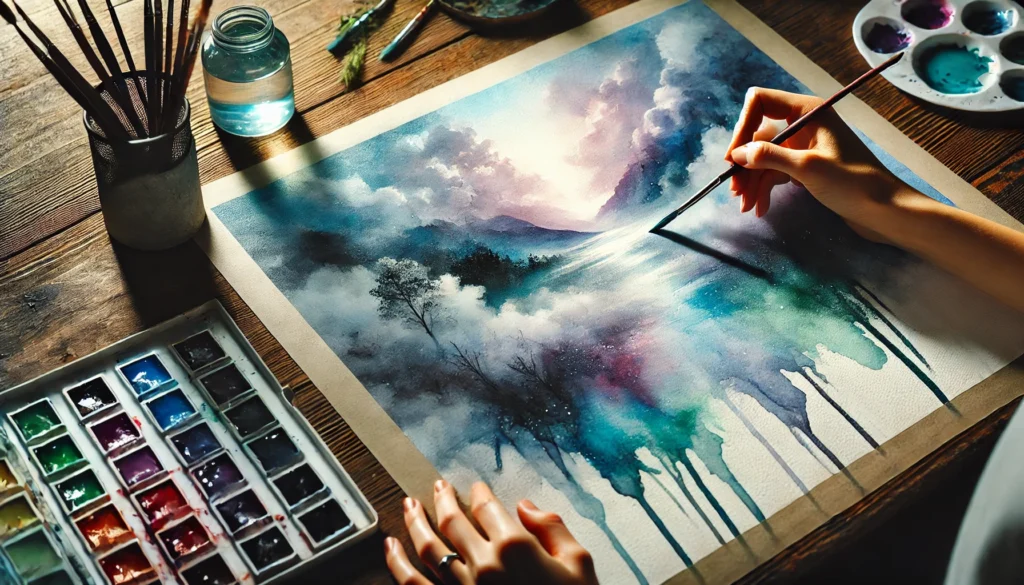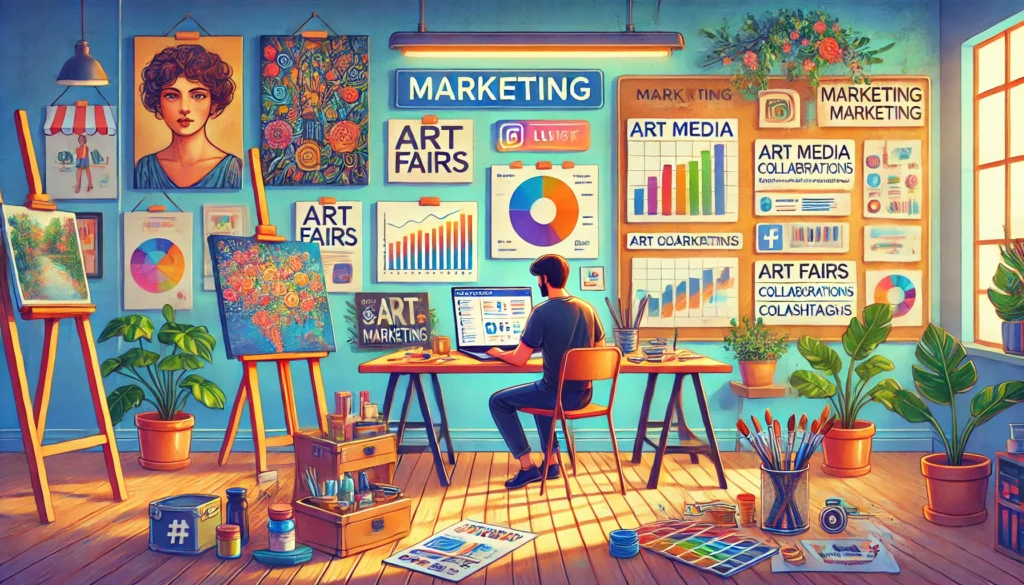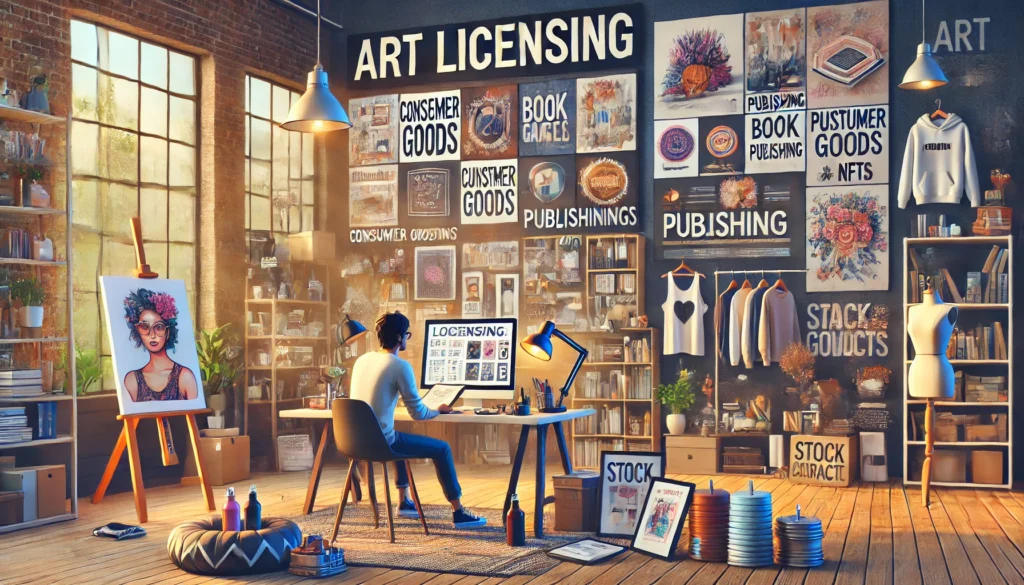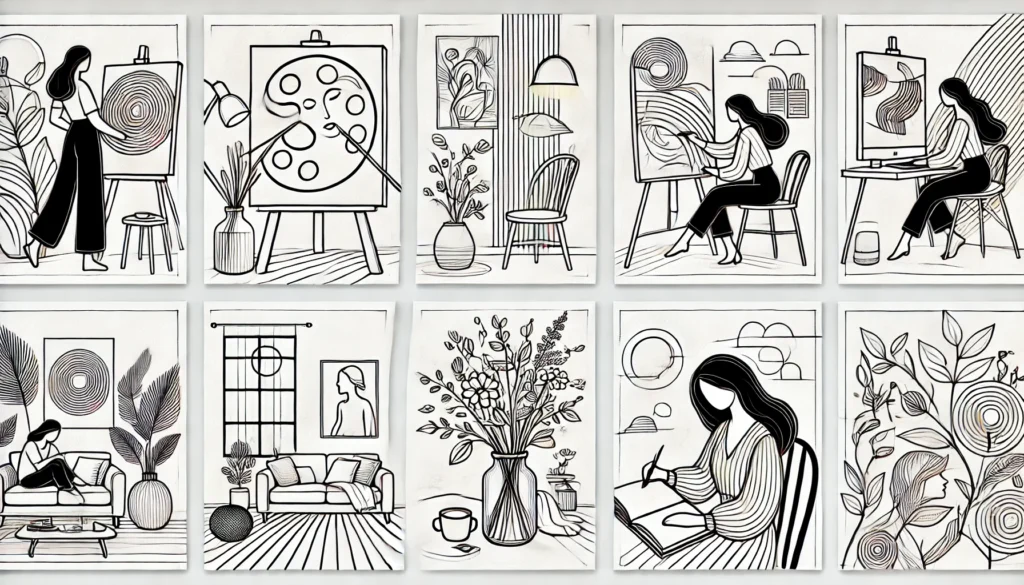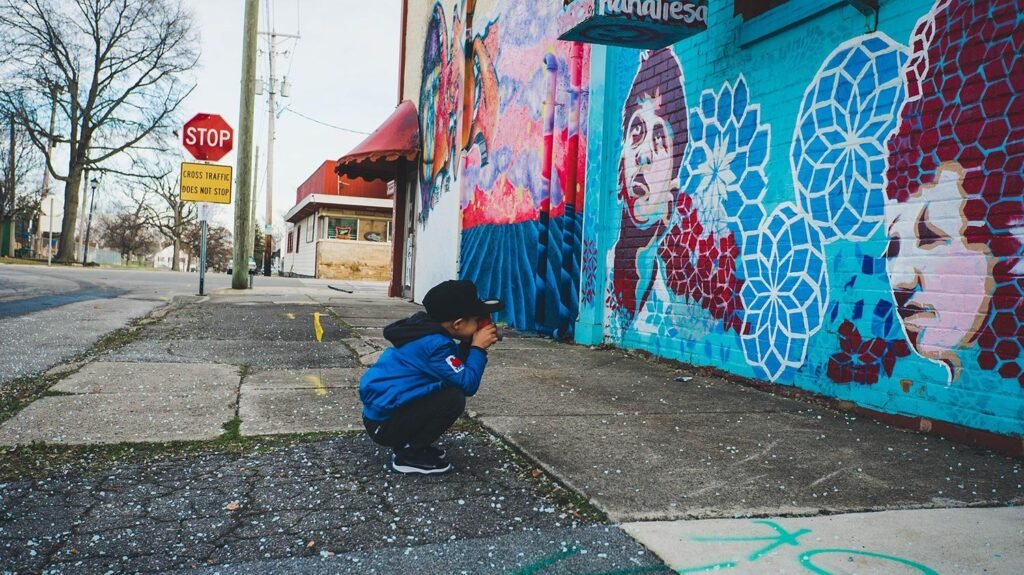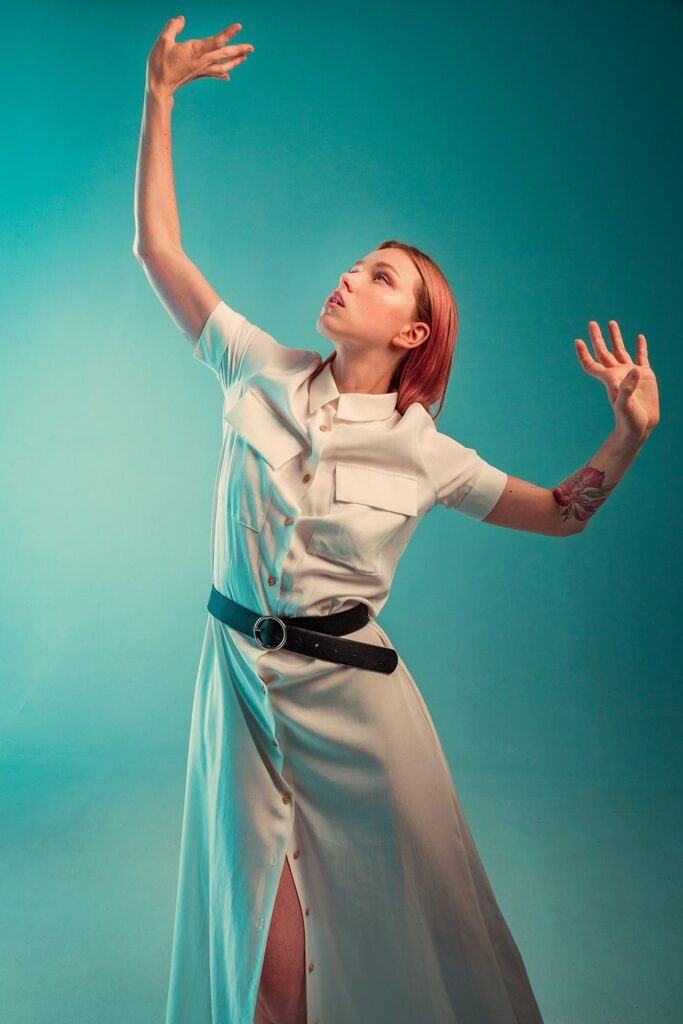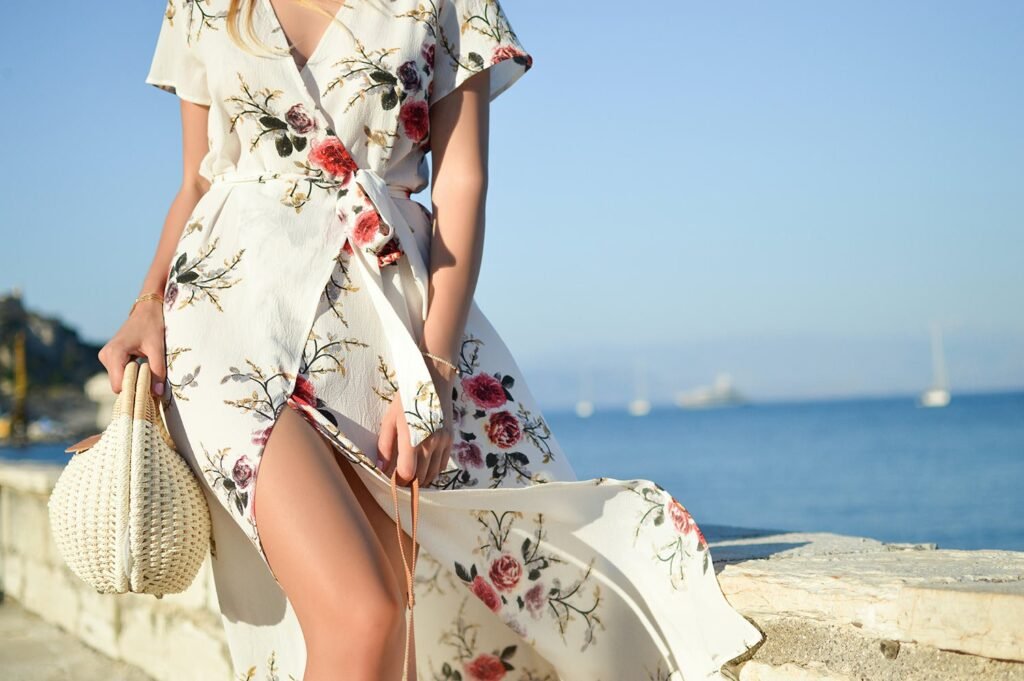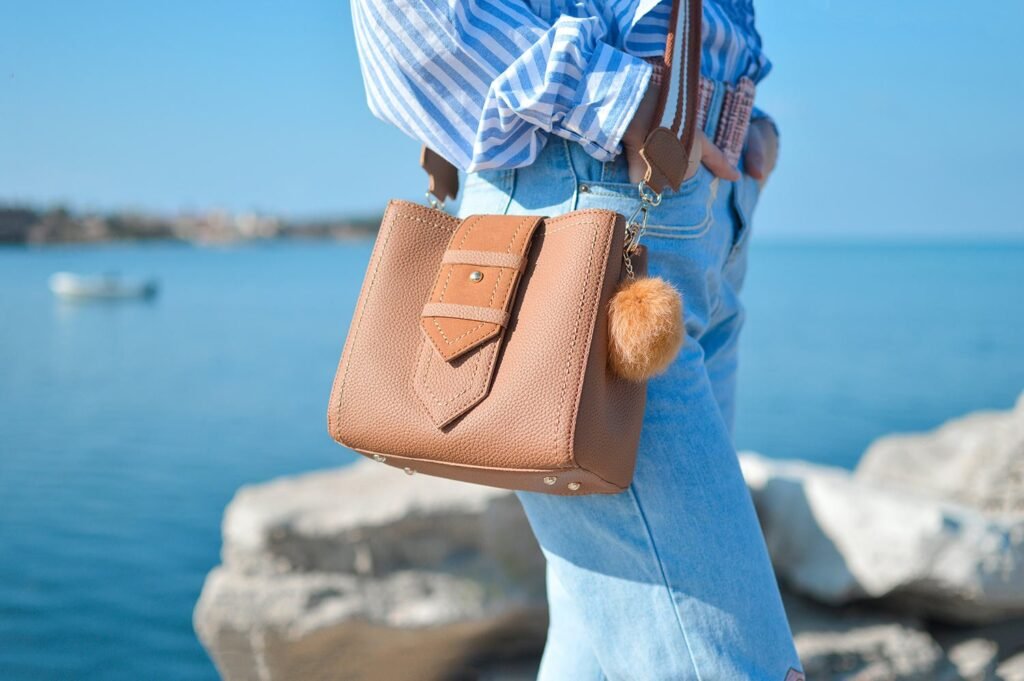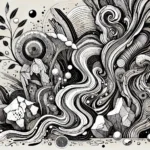How to Build an Art Brand: A Guide to Creating a Recognizable Identity

In today’s competitive art world, having a strong personal brand is essential for standing out, connecting with your audience, and growing your career. Your art brand is more than your work; it’s the story, message, and identity behind it. Here’s a step-by-step guide to help you build a compelling and recognizable art brand.
1. Define Your Vision and Mission
Start by understanding the purpose behind your art. Ask yourself:
- What message or emotions do I want my art to convey?
- What impact do I want to make in the art world?
- Who is my target audience?
Craft a clear vision statement to guide your branding efforts.
2. Identify Your Unique Style
Your style is what makes your art distinct and memorable. To establish your identity:
- Explore your favorite themes, techniques, and mediums.
- Analyze feedback from viewers and collectors to see what resonates most.
- Create a consistent aesthetic across your portfolio.
Consistency in your style helps audiences instantly recognize your work.
3. Develop a Personal Story
Your story is a powerful branding tool that connects emotionally with your audience. Share:
- How you started your artistic journey.
- The inspiration behind your work.
- Challenges and milestones in your career.
Feature your story on your website, social media, and marketing materials.
4. Design a Visual Identity
Your visual identity is how your brand looks and feels. Focus on:
- Logo: A simple, memorable design that reflects your art.
- Color Palette: Choose colors that resonate with your art style.
- Typography: Select fonts that complement your branding.
Use these elements consistently across all platforms.
5. Build a Professional Website
A website serves as the hub of your brand. Include:
- Portfolio: High-quality images of your best work.
- About Page: Share your story and mission.
- Contact Information: Make it easy for clients and collectors to reach you.
- E-Commerce: Allow buyers to purchase your art directly.
Optimize your website for SEO to increase visibility.
6. Leverage Social Media
Social media is a powerful tool for building your art brand. Strategies include:
- Posting Regularly: Share finished works, work-in-progress shots, and behind-the-scenes content.
- Engaging with Followers: Respond to comments and messages to build relationships.
- Using Hashtags: Research trending and relevant hashtags to increase reach.
- Collaborating: Partner with other artists or influencers in your niche.
Platforms like Instagram, Pinterest, and TikTok are particularly effective for visual artists.
7. Create a Content Strategy
Consistently share content that reflects your brand. Ideas include:
- Blogs or vlogs about your creative process.
- Tutorials or workshops to share your expertise.
- Inspirational posts that align with your brand message.
A well-thought-out content plan keeps your audience engaged.
8. Network and Collaborate
Building connections in the art community strengthens your brand. Steps to take:
- Attend art exhibitions, fairs, and workshops.
- Join online art communities and forums.
- Collaborate with other artists, designers, or brands.
Networking not only broadens your reach but also creates new opportunities.
9. Offer a Unique Value Proposition
Your value proposition answers the question: Why should someone choose your art? Highlight:
- What sets your work apart from others.
- The emotions or experiences your art provides.
- How your art solves a problem or fulfills a desire (e.g., unique decor, meaningful gifts).
Communicate this clearly in your branding and marketing materials.
10. Collect and Showcase Testimonials
Positive feedback builds credibility and trust. Gather:
- Reviews from satisfied buyers and collectors.
- Testimonials from gallery owners or industry professionals.
- Mentions in press or media.
Feature these on your website and promotional materials.
11. Continuously Evolve Your Brand
An art brand should grow with your career. To stay relevant:
- Regularly update your portfolio and marketing materials.
- Adapt to new trends and audience preferences.
- Seek feedback from your audience and peers.
Stay authentic while embracing change to keep your brand fresh.
12. Protect Your Brand
As your brand grows, ensure it’s protected. Steps to take:
- Trademark your logo or brand name.
- Use watermarks on digital images to prevent unauthorized use.
- Clearly define terms in licensing or collaboration agreements.
Conclusion
Building an art brand is a journey of self-discovery, creativity, and connection. By defining your vision, creating a strong visual identity, and consistently engaging with your audience, you can establish a brand that not only showcases your talent but also creates lasting impact. Remember, your art brand is a reflection of you—make it authentic, compelling, and uniquely yours.




















